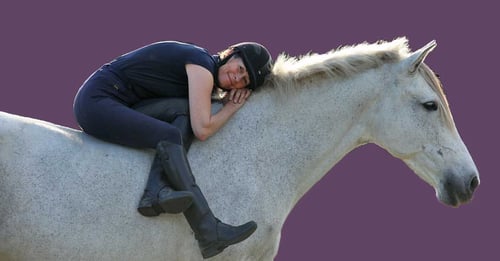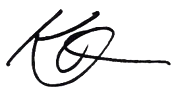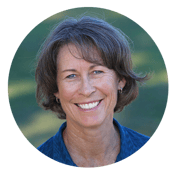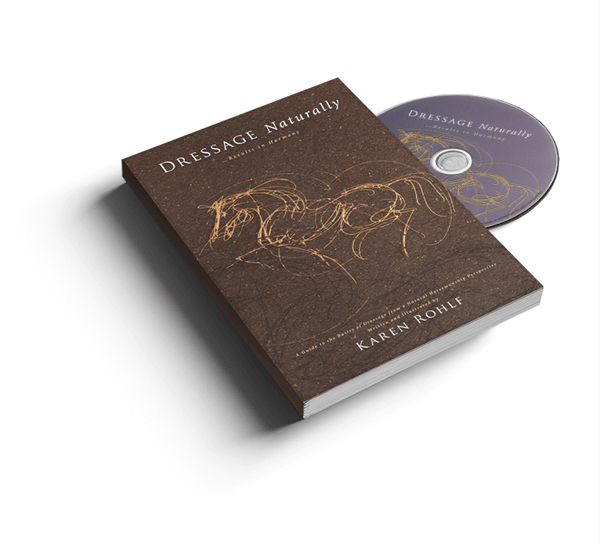At a clinic a few years ago, at the last moment, I threw away my plan for the first session and did something completely different. I was worried the students wouldn't see the value. I was worried they would wonder why they were paying for this. Luckily I trusted my gut instincts and it turned out to be a favorite session of mine, the students, and, I believe, of the horses too. Now it is something I often include in multi-day clinic formats. It's that powerful.
The session was about nothing.
Their instructions: Do nothing.
That's a pretty gutsy thing to do at a clinic that has 'dressage' in the title.
Much Ado About Nothing
The reality is that there is a lot of Something inside Nothing.
I gave students the instructions to get their horses, bring them to the arena, then do Nothing. It was fun to see how people interpreted those instructions and unsurprisingly there were different things happening. I also noticed that it was causing a bit of stress for some people, mostly stemming from thoughts of 'Am I doing Nothing right?'
I let them know there were different ways to interpret it. Nothing might look like standing still so there is no movement. It could also look like wandering around because the human would do nothing to interfere with the horse if he wanted to move. They wouldn't 'correct' anything. I let them know there were all kinds of ways Nothing could show up. We think that moving is 'something' but standing still is also 'something'. I tempted them to notice their thoughts and see if they could think Nothing. Of course, with thoughts, as with horses, sometimes 'Nothing' could show up as a quiet, still mind or it could show up as doing nothing to stop your mind from thinking of whatever it wanted to.
I asked them just to just play with the concept and notice.
What was easy to notice were all the things that were happening. They became hyper-aware of all the Somethings they were thinking and doing. That's already a great benefit, as self-awareness will help everything.
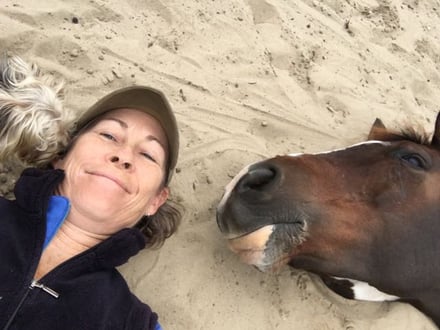
No Pressure About Nothing
So why did I decide to throw out my perfectly good plan and decide to do Nothing? At that clinic, during introductions, I had heard people commenting that they were nervous or felt like they weren't prepared enough, or they were worried about their new horse, or that their horse was worried about this new location. Since one of the principles of my program is that everything comes from and returns to relaxation, I wanted to take all the pressure off.
There's no pressure about Nothing. That's not just bad grammar, it is a truth. We humans are great at having goals, comparing ourselves to others, and judging ourselves. Sometimes those things can help us spring into action and do better, but often they just create pressure and 'noise' inside people's heads. Paralysis by analysis sets in, imposter syndrome rears its ugly head, and fear of making mistakes (which hides behind claims of perfectionism) sits on our chest. I felt all of this happening with this group of students. Meanwhile, the horses are thinking: 'What the heck is going on with my human today?'
The results from the Nothing Exercise were remarkable. Eight horses and eight humans were in the arena. Some horses were moving, some weren't. Some people were moving, some weren't. The atmosphere was calm, even though some horses were showing signs of being unsure or even snorting and prancing. With no expectations and no pressure, the horses were able to be the way they were without correction or criticism. Even if a horse startled for a moment, the energy in the space remained calm and quiet. Horses were able to investigate everything they needed to investigate. They were allowed to stare at something for as long as they wanted to stare at it. Somehow it all worked. It looked a bit like watching a koi pond.
Horses started releasing, yawning, laying down, and rolling. Students were smiling and breathing. I heard giggling. Confidence and positivity were increasing... All from doing Nothing.
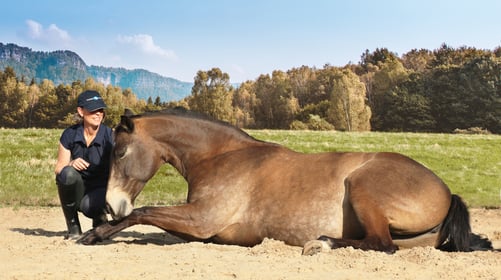
Nothing Is Something
The truth is, Nothing is really Something. When we let go of our doing and thinking, we are free to notice everything that IS. We are free to FEEL. The fear of what we can't do is replaced by the possibility of what can happen. We can start to be like the horses... We can experiment without fear of correction or criticism. We can investigate what we want to investigate and stare at what we want to stare at for as long as we want to, because Nothing contains all possibilities.
There's a great quote by Japanese Architect, Tadao Ando: "If you give people nothingness, they can ponder what can be achieved from that nothingness."
Wayne Dyer said: "Everything that's created comes out of silence. Your thoughts emerge from the nothingness of silence. Your words come out of this void. Your very essence emerged from emptiness. All creativity requires some stillness."
It turns out that this is not just a nice idea. It is real. Quantum physicists have measured Nothing (read about it here), and keep finding that there is something there. However, the something in nothing behaves strangely. Subatomic particles appear and disappear much like bubbles appear and disappear in the foamy head of a beer. They actually call it Quantum Foam because of that likeness.
In an article about Quantum Foam, it says that: " In a location that is supposedly entirely empty and devoid of energy space can briefly fluctuate to non-zero energy — and that temporary energy can make matter particles." It's not just philosophy - it's measurable!
In the middle of Nothing, things are being created. In the middle of Nothing, there are measurable possibilities appearing and disappearing. Effervescent possibility.
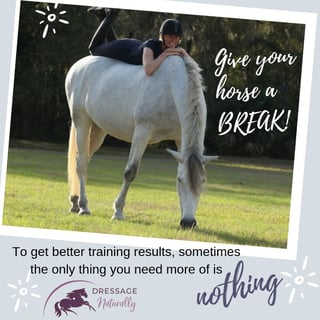
Patterns & Possibility.
OK, bubbling in possibility sounds nice, but how is that practical? Don't we need patterns too? Yes! We humans are masters at seeing, creating, and practicing patterns. We become efficient through practicing patterns. We gain coordination and mastery by practicing patterns. We also can become dulled by patterns. Sometimes we realize this and tell ourselves we need to 'do something different'. We can become stuck 'in a rut' where we know we need a new system, a new hobby, a new pattern, so we change what we do.
That certainly will freshen things up, but often we switch to doing something different but not doing it differently. Often we end up approaching everything in the same way, so what seems like a change isn't really a change. We do something different but in the same way. Where ever you go, there you are.
There is a saying: 'The way you do anything is the way you do everything'. I'm not sure that is actually true, but it's worth checking on, especially if things aren't going so well for you. The pull to stick to a pattern is strong whether it is productive or not.
So if your patterns are working for you, notice, and keep going.
If you want or need to take things to a deeper or higher level, or if you want to make a more meaningful change to what you do and how you do it, or if you want to change the direction you are currently heading in, you may want to entertain the idea of floating around doing Nothing in the Quantum Foam of Possibility for a while.
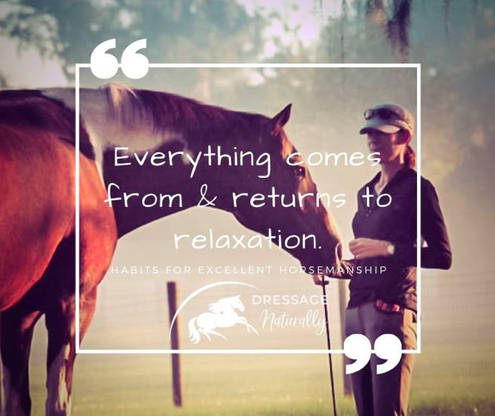
Effectively Nothing
Students consistently tell me they LOVE the Nothing session, and I often hear it is their favorite session! It's partly because of the power of taking pressure OFF and allowing everyone to relax. It's partly because of the awareness that is gained after being temporarily confused and tempted to think differently. It is in great part due to the opening of new possibilities that happens when you stop one pattern but don't immediately replace it with another.
Nothingness is effective. In the Nothing session, students have realizations about themselves and their horses. They notice things they hadn't noticed before and have insights and new ideas about ways to approach things. I usually notice an increase in the general confidence level of the student (and the horse). Perhaps that happens because I show them that I trust their ideas. It's not just about me telling them what to do. It's about all of us: the student, the horse, and me, all allowing ourselves to drop into doing "Nothing".
I realize this sounds a bit magical, and making progress, learning, and training takes work. Success is always a blended activity. Stillness blended with activity. Activity blended with stillness. Possibility blossoms into a plan, plans turn into patterns, and patterns need to be freshened up by new possibilities. It's a dance between striving and allowing and between doing and being.
Improving oneself and training one's horse may not be all magic. It may require a lot of dedication and practice to hone one's craft, but in a world where most people are over-working themselves and feel guilty for 'not doing enough,' it is worth emphasizing the value of sitting in the stillness of possibility and being open to being delighted and surprised.
 Karen Rohlf simplifies and explains complex training issues,
Karen Rohlf simplifies and explains complex training issues,
and empowers you with the confidence to get results.
Start your Free Trial now
Feel The Bubbles
Nothing is not nothing. Nothing is something. It is effervescent possibility. Can you swim in it? Can you allow yourself to 'do nothing' long enough to start to feel the bubbles? Can you go there with your horse?
Get your horse out and do Nothing with him. Notice what happens.
If it feels impossible ask yourself: 'WHY?'
If it feels boring ask yourself: 'WHY?'
If it feels empty, ask yourself: 'WHY?'
You will learn a lot.
Keep going until you feel the bubbles. That's when you'll know you are floating in the Quantum Foam of Possibility.
Thoughts? Leave a comment below!


